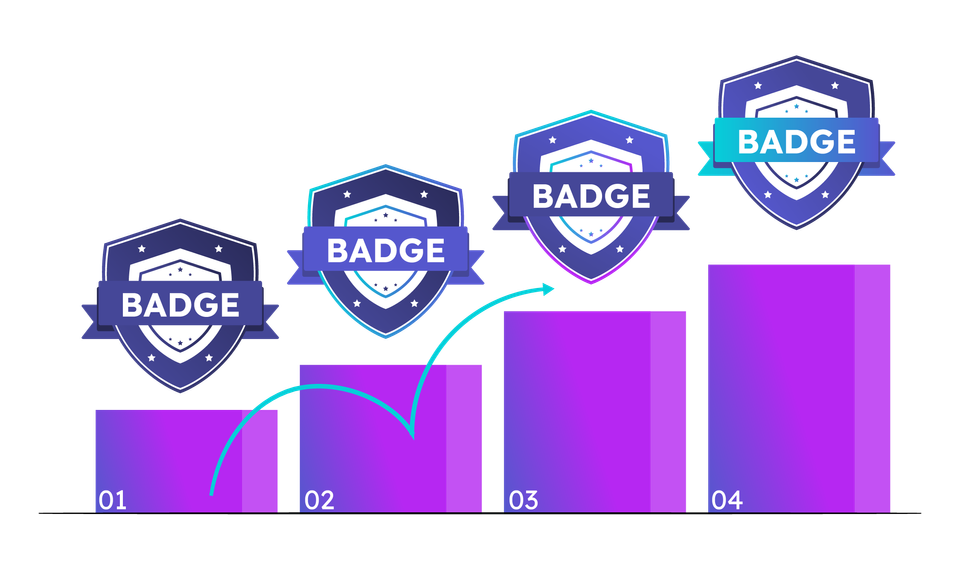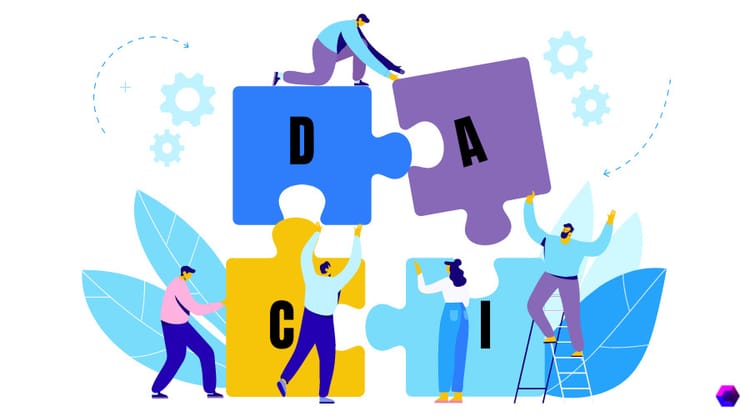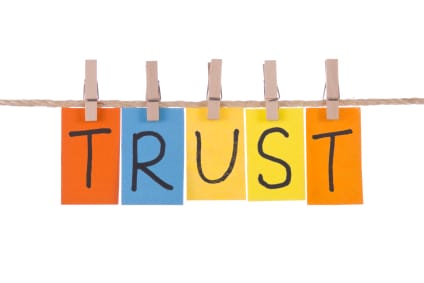The Subtle Differences Between Tiering and Badging in Partner Programs

In the world of partnerships, two strategies often come to the forefront: tiering and badging. These are more than just buzzwords; they are crucial tools in the toolkit of any seasoned partnerships professional. While they may seem similar at first glance, their applications, impact, and underlying philosophies are distinct. Understanding the nuances between these two approaches can make all the difference in achieving your strategic goals and deciding what to focus on first.
What is Tiering?
Tiering is an internally focused strategy designed to streamline resource allocation and drive efficiency within a partner ecosystem.
By categorizing partners into different tiers based on criteria such as revenue potential, engagement levels, or strategic importance, organizations can prioritize their efforts and resources. This ensures that the most valuable partners receive the attention and support they need, while less critical partners are managed with more appropriate resourcing.
- Audience: The primary audience for tiering is internal stakeholders. It’s a framework that helps internal teams understand where to focus their efforts.
- Desired Outcome: The key outcome is resource efficiency. By clearly defining which partners are most crucial, organizations can optimize their resources, ensuring that top-tier partners get the lion's share of attention.
- Importance to Partner: Tiering is of high importance to partners, as their tier placement can directly influence the level of support and investment they receive from the partnership team. They may not KNOW the level they are at, but they will FEEL it.
- Timeframe: Typically, tiering strategies are revisited every 6 to 12 months, allowing for adjustments as partnerships evolve.
- Complexity: The complexity of implementing a tiering strategy is relatively low. It requires internal alignment but doesn’t involve extensive external communication or legal considerations.
- Ability to Modify: One of the strengths of tiering is its flexibility. Organizations can easily adjust criteria and reassign partners to different tiers as needed.
- Legal Considerations: Legal implications are minimal, as tiering is largely an internal framework.
- GTM Impact: The go-to-market (GTM) impact of tiering is generally low. It’s more about internal efficiency than external market signaling.
What is Badging?
Badging, on the other hand, is an externally focused strategy designed to signal value and credibility to customers.
By awarding badges to partners who meet specific criteria, organizations can create a sense of prestige and trust in the marketplace. Badges often serve as a visible marker of a partner’s capabilities, commitment, and alignment with your values.
- Audience: The primary audience for badging is external, particularly customers and prospects. Badges are a way to communicate a partner’s quality and reliability.
- Desired Outcome: The main goal of badging is to signal to customers that a partner is trusted and endorsed by the brand, ultimately driving customer confidence and sales.
- Importance to Partner: Badging is highly important to partners, as it directly impacts their reputation and visibility in the market.
- Timeframe: Badging strategies typically have a longer timeframe, ranging from 12 to 24 months. This longer horizon reflects the need for consistency and sustained performance.
- Complexity: Implementing a badging program is complex. It requires careful consideration of criteria, legal implications, and consistent enforcement.
- Ability to Modify: Badging is less flexible than tiering. Once a badge is awarded, it’s challenging to retract or modify without damaging the partner relationship or brand reputation.
- Legal Considerations: Legal considerations are significant in badging. Criteria must be clear, consistent, and defensible to avoid disputes and potential legal challenges.
- GTM Impact: The GTM impact of badging is high. It’s a powerful tool for influencing customer perceptions and driving market demand.
Tiering vs. Badging: A Comparison
| Aspect | Tiering | Badging |
|---|---|---|
| Audience | Internal | External |
| Desired Outcome | Resource efficiency | Signal to customers |
| Importance to Partner | High | High |
| Timeframe | 6 to 12 months | 12 to 24 months |
| Complexity | Low | High |
| Ability to Modify | High | Low |
| Legal Considerations | Low | High |
| GTM Impact | Low | High |
The Dark Arts of Partnerships
Both tiering and badging are essential elements in the "dark arts" of partnerships. They require a deep understanding of not only your partners but also your internal goals and market dynamics. The key is to know when to apply each strategy and how to balance them to maximize impact.
Tiering helps you manage your resources efficiently and ensure that your internal teams are focused on the partners who matter most. Badging, meanwhile, is about shaping perceptions in the marketplace and giving your partners the recognition they need to thrive.
In the end, the most successful partnership programs are those that can master both tiering and badging, leveraging their unique strengths to build a powerful and effective partner ecosystem.
“All animals are equal, but some animals are more equal than others.” — George Orwell
If you enjoyed this piece, please share it. Thanks. 🙏




